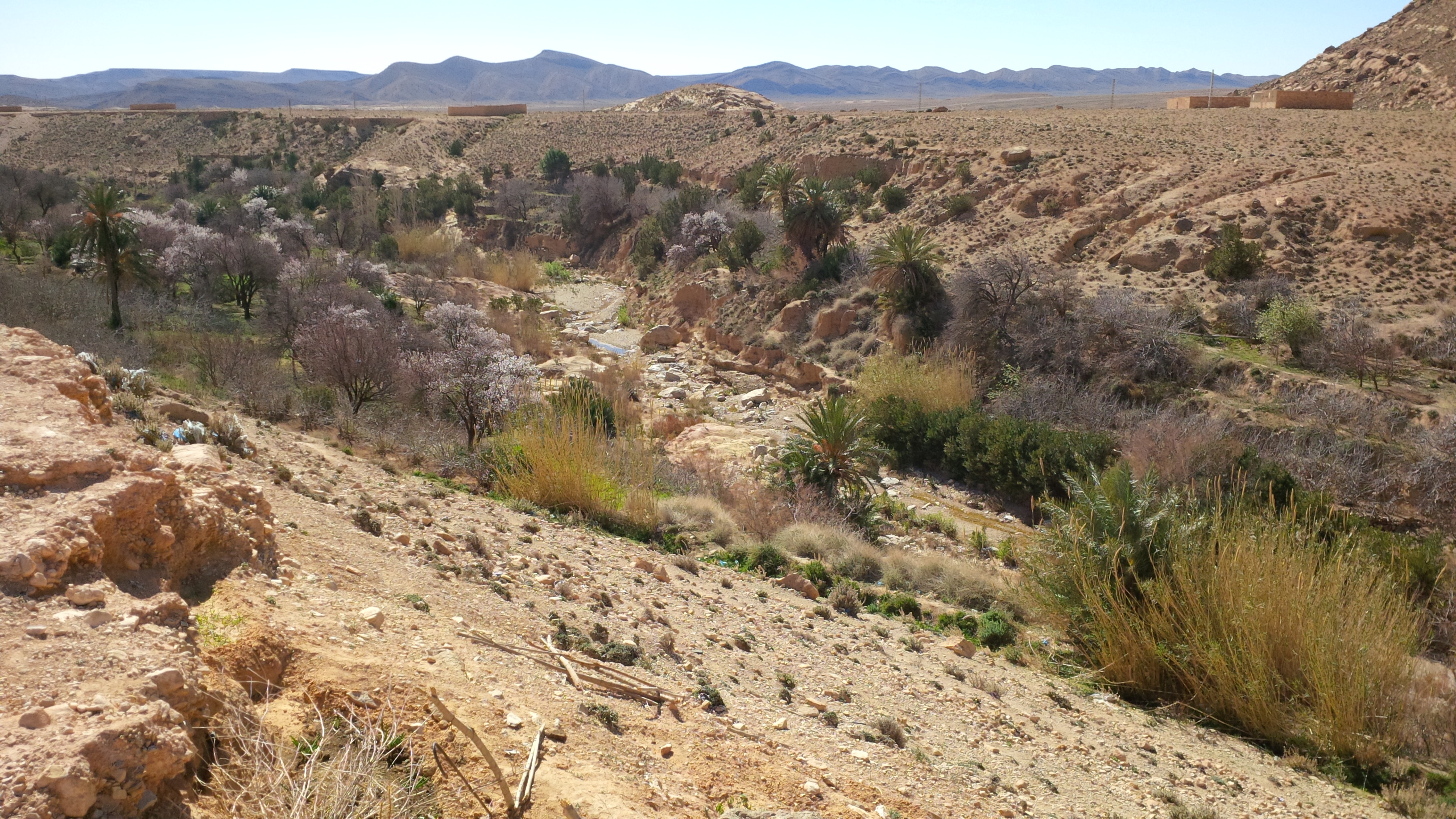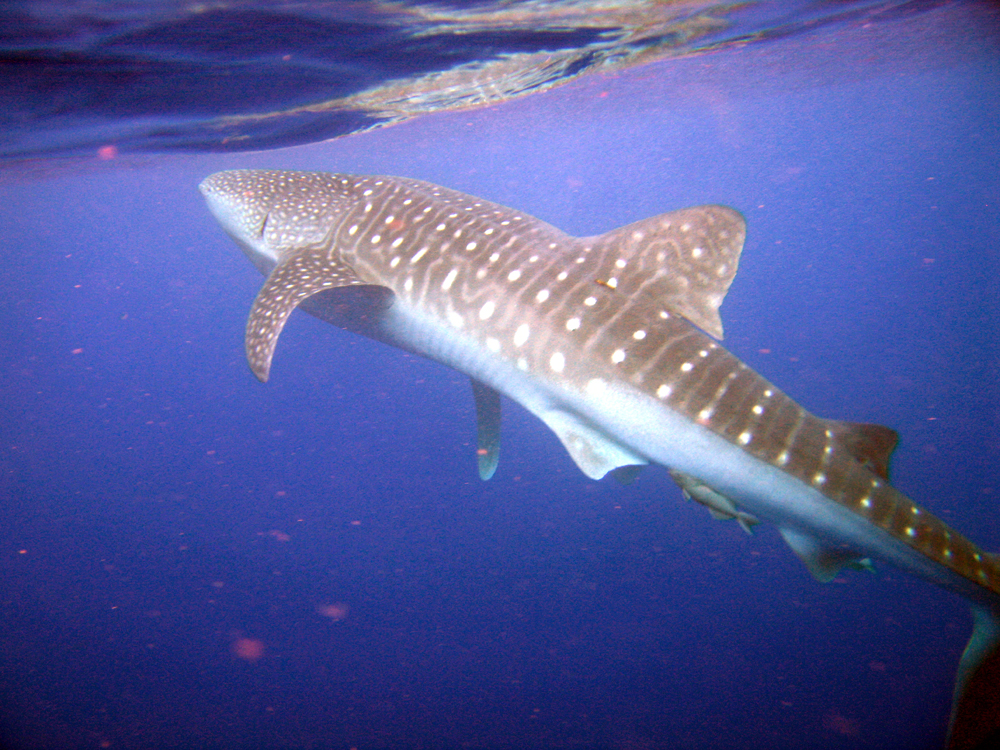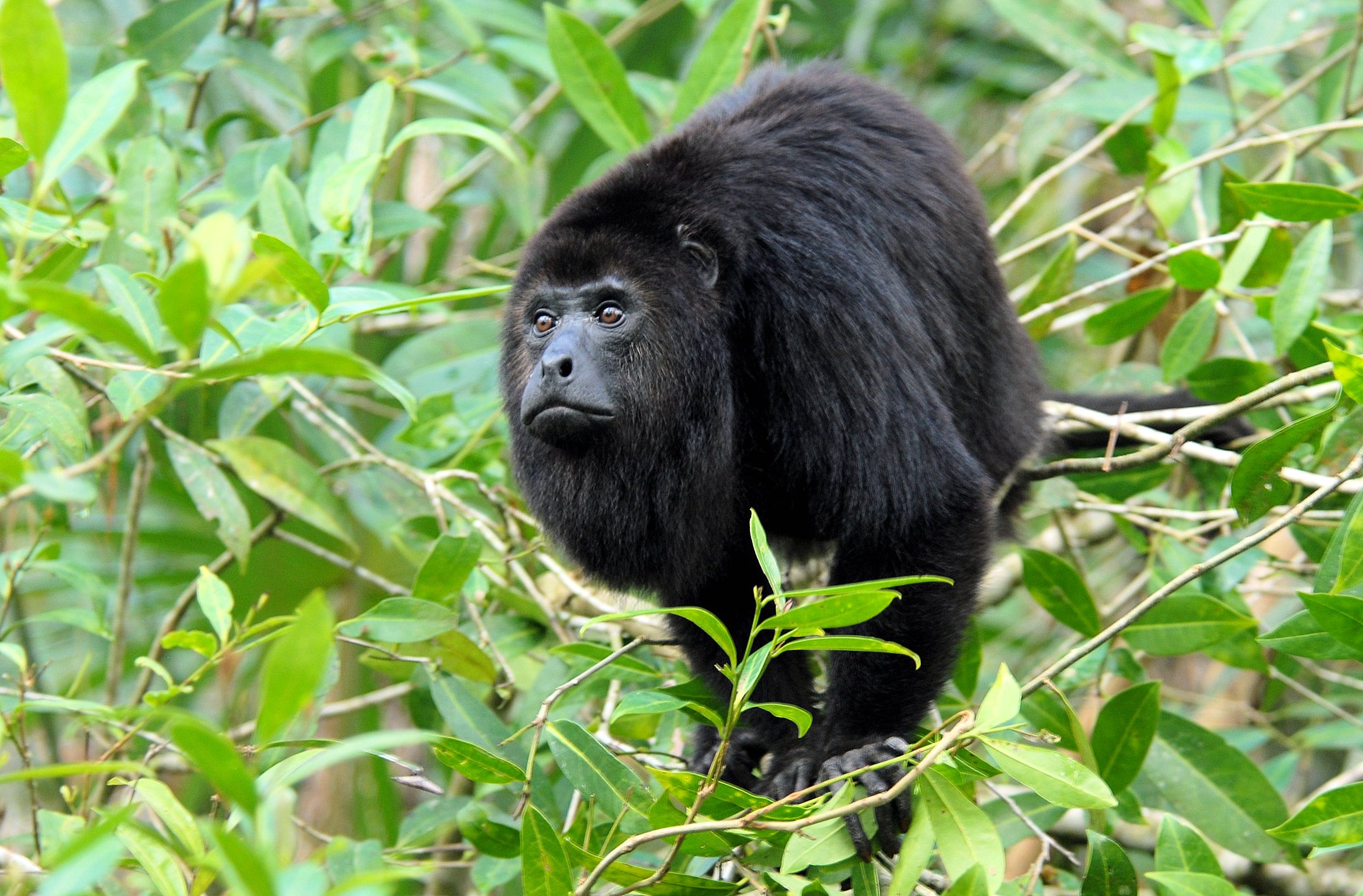|
Tillandsia Xerographica
''Tillandsia xerographica'' is a species of flowering plant in the Bromeliaceae, bromeliad family. It is native to southern Mexico, El Salvador, Guatemala and Honduras. The name is derived from the Greek language, Greek words ξηρός (''xeros''), meaning "dry", and γραφία (''graphia''), meaning "writing". It is included in Tillandsia subg. Tillandsia, ''Tillandsia'' subg. ''Tillandsia''. Description ''Tillandsia xerographica'' is a slow-growing, Xerophyte, xerophytic epiphyte. The greenish silver leaves are wide at the base and taper to a point making an attractive, sculptural rosette, or more in diameter and over high in flower. The inflorescence, on a thick, green stem, in height, densely branched. The leaf bracts are rosy red; the floral bracts are chartreuse; and the petals of the tubular flowers are red to purple and are very long lasting (months). Habitat ''Tillandsia xerographica'' inhabits Tropical and subtropical dry broadleaf forests, dry forests and ... [...More Info...] [...Related Items...] OR: [Wikipedia] [Google] [Baidu] |
Species
A species () is often defined as the largest group of organisms in which any two individuals of the appropriate sexes or mating types can produce fertile offspring, typically by sexual reproduction. It is the basic unit of Taxonomy (biology), classification and a taxonomic rank of an organism, as well as a unit of biodiversity. Other ways of defining species include their karyotype, DNA sequence, morphology (biology), morphology, behaviour, or ecological niche. In addition, palaeontologists use the concept of the chronospecies since fossil reproduction cannot be examined. The most recent rigorous estimate for the total number of species of eukaryotes is between 8 and 8.7 million. About 14% of these had been described by 2011. All species (except viruses) are given a binomial nomenclature, two-part name, a "binomen". The first part of a binomen is the name of a genus to which the species belongs. The second part is called the specific name (zoology), specific name or the specific ... [...More Info...] [...Related Items...] OR: [Wikipedia] [Google] [Baidu] |
Deserts And Xeric Shrublands
Deserts and xeric shrublands are a biome defined by the World Wide Fund for Nature. Deserts and xeric (Ancient Greek 'dry') shrublands form the largest terrestrial biome, covering 19% of Earth's land surface area. Ecoregions in this habitat type vary greatly in the amount of annual rainfall they receive, usually less than annually except in the margins. Generally evaporation exceeds rainfall in these ecoregions. Temperature variability is also diverse in these lands. Many deserts, such as the Sahara Desert, Sahara, are hot year-round, but others, such as East Asia's Gobi Desert, become quite cold during the winter. Temperature extremes are a characteristic of most deserts. High daytime temperatures give way to cold nights because there is no insulation provided by humidity and cloud cover. The diversity of climatic conditions, though quite harsh, supports a rich array of habitats. Many of these habitats are ephemeral in nature, reflecting the paucity and seasonality of avail ... [...More Info...] [...Related Items...] OR: [Wikipedia] [Google] [Baidu] |
Flora Of Southeastern Mexico
Flora (: floras or florae) is all the plant life present in a particular region or time, generally the naturally occurring ( indigenous) native plants. The corresponding term for animals is ''fauna'', and for fungi, it is '' funga''. Sometimes bacteria and fungi are also referred to as flora as in the terms ''gut flora'' or ''skin flora'' for purposes of specificity. Etymology The word "flora" comes from the Latin name of Flora, the goddess of plants, flowers, and fertility in Roman mythology. The technical term "flora" is then derived from a metonymy of this goddess at the end of the sixteenth century. It was first used in poetry to denote the natural vegetation of an area, but soon also assumed the meaning of a work cataloguing such vegetation. Moreover, "Flora" was used to refer to the flowers of an artificial garden in the seventeenth century. The distinction between vegetation (the general appearance of a community) and flora (the taxonomic composition of a community) wa ... [...More Info...] [...Related Items...] OR: [Wikipedia] [Google] [Baidu] |
Flora Of Honduras
The flora and fauna of Honduras reflects the country's geographical location inside the tropics. This has allowed for diverse species of plants and animals to be adapted, but some of them are now in danger of extinction. This has posed the Honduran government, offices and nature organizations to look after the protection of the local environment, like the creation of nature reserves. Flora The flora of Honduras is varied. Pluvioselva, classified a tropical rain forest, is one of its most impressive vegetal populations. Ecologists designated it "Hygrophilous Megatherm Type", for corresponding to regions of high humidity and constant high temperatures, with a single dominant species, like pines or firs, covering big areas. The eastern part of the country, '' La Mosquitia'', has many creeper and climbing plants, such as lianas. There is a great variety of epiphytes, most strikingly the orchids. Adapted to the humid environment, trees are enormous and do not possess deep roots, b ... [...More Info...] [...Related Items...] OR: [Wikipedia] [Google] [Baidu] |
Flora Of Guatemala
According to ParksWatch and the IUCN, Guatemala is considered the fifth biodiversity hotspot in the world. The country has 14 ecoregions ranging from mangrove forest (4 species), in both ocean littorals, dry forests and scrublands in the eastern highlands, subtropical and tropical rain forests, wetlands, cloud forests in the Verapaz region, mixed forests and pine trees, pine forests in the highlands. Over one third of Guatemala (36.3% or about 39,380 km2) is forested (2005). About half of the forests (49.7% or roughly 19,570 km2) is classified as primary forest which is considered the most biodiversity, biodiverse forest type. Tree species include 17 conifers (pines, Cupressaceae, cypress, including the Endemic (ecology), endemic ''Abies guatemalensis''), the most in any tropical region of the world. Although Guatemala is covered greatly by forests, they still have a deforestation rate of 1.7%, showing that these areas are under a big threat. There have been many conve ... [...More Info...] [...Related Items...] OR: [Wikipedia] [Google] [Baidu] |
Flora Of El Salvador
El Salvador, officially the Republic of El Salvador, is a country in Central America. It is bordered on the northeast by Honduras, on the northwest by Guatemala, and on the south by the Pacific Ocean. El Salvador's capital and largest city is San Salvador. The country's population in 2024 was estimated to be 6 million according to a government census. Among the Mesoamerican nations that historically controlled the region are the Maya, and then the Cuzcatlecs. Archaeological monuments also suggest an early Olmec presence around the first millennium BC. In the beginning of the 16th century, the Spanish Empire conquered the Central American territory, incorporating it into the Viceroyalty of New Spain ruled from Mexico City. However, the Viceroyalty of New Spain had little to no influence in the daily affairs of the isthmus, which was colonized in 1524. In 1609, the area was declared the Captaincy General of Guatemala by the Spanish, which included the territory that would become ... [...More Info...] [...Related Items...] OR: [Wikipedia] [Google] [Baidu] |
Plants Described In 1953
Plants are the eukaryotes that form the kingdom Plantae; they are predominantly photosynthetic. This means that they obtain their energy from sunlight, using chloroplasts derived from endosymbiosis with cyanobacteria to produce sugars from carbon dioxide and water, using the green pigment chlorophyll. Exceptions are parasitic plants that have lost the genes for chlorophyll and photosynthesis, and obtain their energy from other plants or fungi. Most plants are multicellular, except for some green algae. Historically, as in Aristotle's biology, the plant kingdom encompassed all living things that were not animals, and included algae and fungi. Definitions have narrowed since then; current definitions exclude fungi and some of the algae. By the definition used in this article, plants form the clade Viridiplantae (green plants), which consists of the green algae and the embryophytes or land plants (hornworts, liverworts, mosses, lycophytes, ferns, conifers and other gymnosperm ... [...More Info...] [...Related Items...] OR: [Wikipedia] [Google] [Baidu] |
Tillandsia
''Tillandsia'' is a genus of around 650 species of evergreen, perennial plant, perennial flowering plants in the family (biology), family Bromeliaceae, native to the forests, mountains and deserts of the Neotropical realm, Neotropics, from northern Mexico and the southeastern United States to Mesoamerica and the Caribbean to central Argentina. Their leaves, more or less silvery in color, are covered with specialized cells (trichome, trichomes) capable of rapidly absorbing water that gathers on them. They are also commonly known as air plants because they obtain nutrients and water from the air, not needing soil for nourishment. They have a natural propensity to cling to whatever surfaces are readily available: telephone wires, tree branches, bark, bare rocks, etc. Their light seeds and a silky parachute facilitate their spread. Most ''Tillandsia'' species are epiphytes – which translates to 'upon a plant'. Some are aerophytes, which have a minimal root system and grow on shifti ... [...More Info...] [...Related Items...] OR: [Wikipedia] [Google] [Baidu] |
Tillandsia Chiapensis
''Tillandsia chiapensis'' is a species of flowering plant in the genus ''Tillandsia''. This species is endemic to Mexico Mexico, officially the United Mexican States, is a country in North America. It is the northernmost country in Latin America, and borders the United States to the north, and Guatemala and Belize to the southeast; while having maritime boundar .... Cultivars * ''Tillandsia'' 'Madre' * ''Tillandsia'' 'Majestic' * ''Tillandsia'' 'Padre' * ''Tillandsia'' 'Silver Trinket' * ''Tillandsia'' 'Silverado' References *BSI Cultivar RegistryRetrieved 11 October 2009 chiapensis Endemic flora of Mexico Plants described in 1978 {{Tillandsia-stub ... [...More Info...] [...Related Items...] OR: [Wikipedia] [Google] [Baidu] |
Tillandsia Jalisco-monticola
''Tillandsia compressa'' is a species in the genus ''Tillandsia''. This species is native to Mexico, Colombia, Central America, and the West Indies The West Indies is an island subregion of the Americas, surrounded by the Atlantic Ocean, North Atlantic Ocean and the Caribbean Sea, which comprises 13 independent island country, island countries and 19 dependent territory, dependencies in thr ....Acevedo-Rodríguez, P. & Strong, M.T. (2012). Catalogue of seed plants of the West Indies. Smithsonian Contributions to Botany 98: 1-1192. Cultivars * ''Tillandsia'' 'Casallena' Retrieved 11 October 2009 * ''Tillandsia'' 'Cathcart' References compressa Flora of Mexico[...More Info...] [...Related Items...] OR: [Wikipedia] [Google] [Baidu] |
Tillandsia Roland-gosselinii
''Tillandsia'' is a genus of around 650 species of evergreen, perennial flowering plants in the family Bromeliaceae, native to the forests, mountains and deserts of the Neotropics, from northern Mexico and the southeastern United States to Mesoamerica and the Caribbean to central Argentina. Their leaves, more or less silvery in color, are covered with specialized cells (trichomes) capable of rapidly absorbing water that gathers on them. They are also commonly known as air plants because they obtain nutrients and water from the air, not needing soil for nourishment. They have a natural propensity to cling to whatever surfaces are readily available: telephone wires, tree branches, bark, bare rocks, etc. Their light seeds and a silky parachute facilitate their spread. Most ''Tillandsia'' species are epiphytes – which translates to 'upon a plant'. Some are aerophytes, which have a minimal root system and grow on shifting desert soil. Due to their epiphytic way of life, these plant ... [...More Info...] [...Related Items...] OR: [Wikipedia] [Google] [Baidu] |
Tillandsia Brachycaulos
''Tillandsia brachycaulos'' is a species of flowering plant in the genus ''Tillandsia''. It is native to Mexico, Central America, and Venezuela Venezuela, officially the Bolivarian Republic of Venezuela, is a country on the northern coast of South America, consisting of a continental landmass and many Federal Dependencies of Venezuela, islands and islets in the Caribbean Sea. It com ....Hokche, O., Berry, P.E. & Huber, O. (eds.) (2008). Nuevo Catálogo de la Flora Vascular de Venezuela: 1-859. Fundación Instituto Botánico de Venezuela. Cultivars Cultivars include: Retrieved 11 October 2009 *''Tillandsia'' 'Ask Harry' *''Tillandsia'' 'Betty' *''Tillandsia'' 'Calum' *''Tillandsia'' 'Eric Knobloch' *''Tillandsia'' 'Heather's Blush' *''Tillandsia'' 'Imbil' *''Tillandsia'' 'Laurie' *''Tillandsia'' 'Maria Teresa L.' *''Tillandsia'' 'Nashville' *''Tillan ... [...More Info...] [...Related Items...] OR: [Wikipedia] [Google] [Baidu] |







